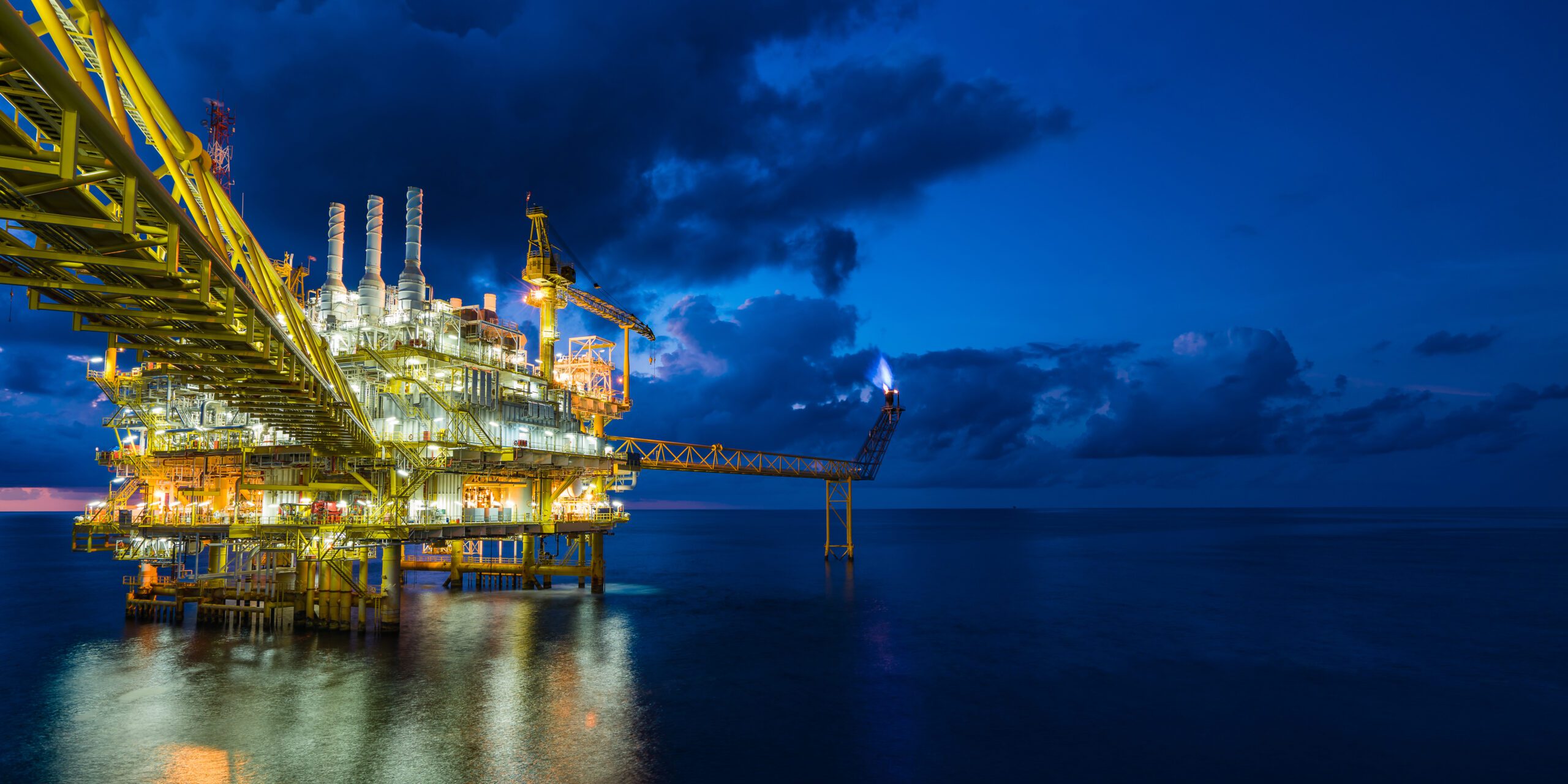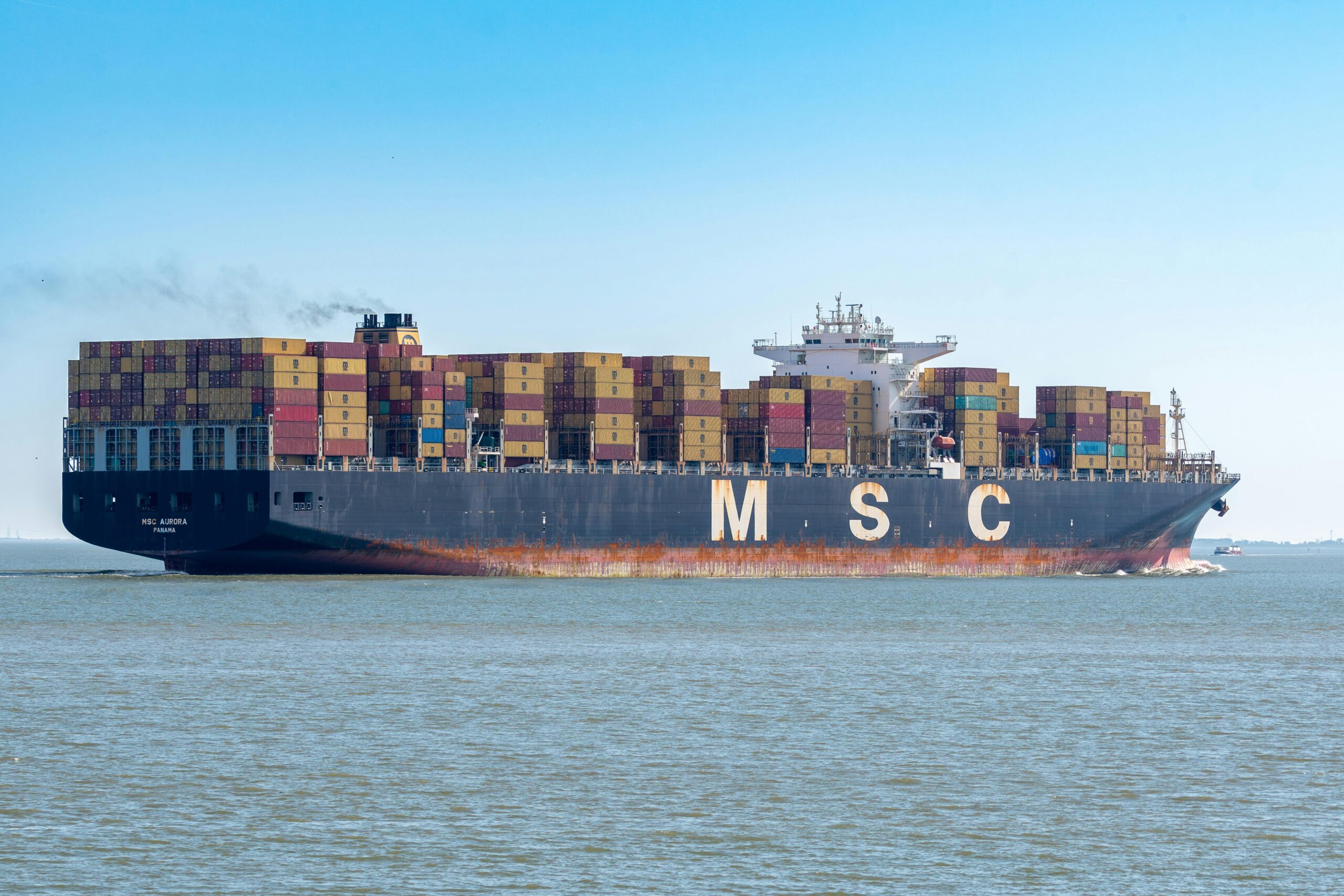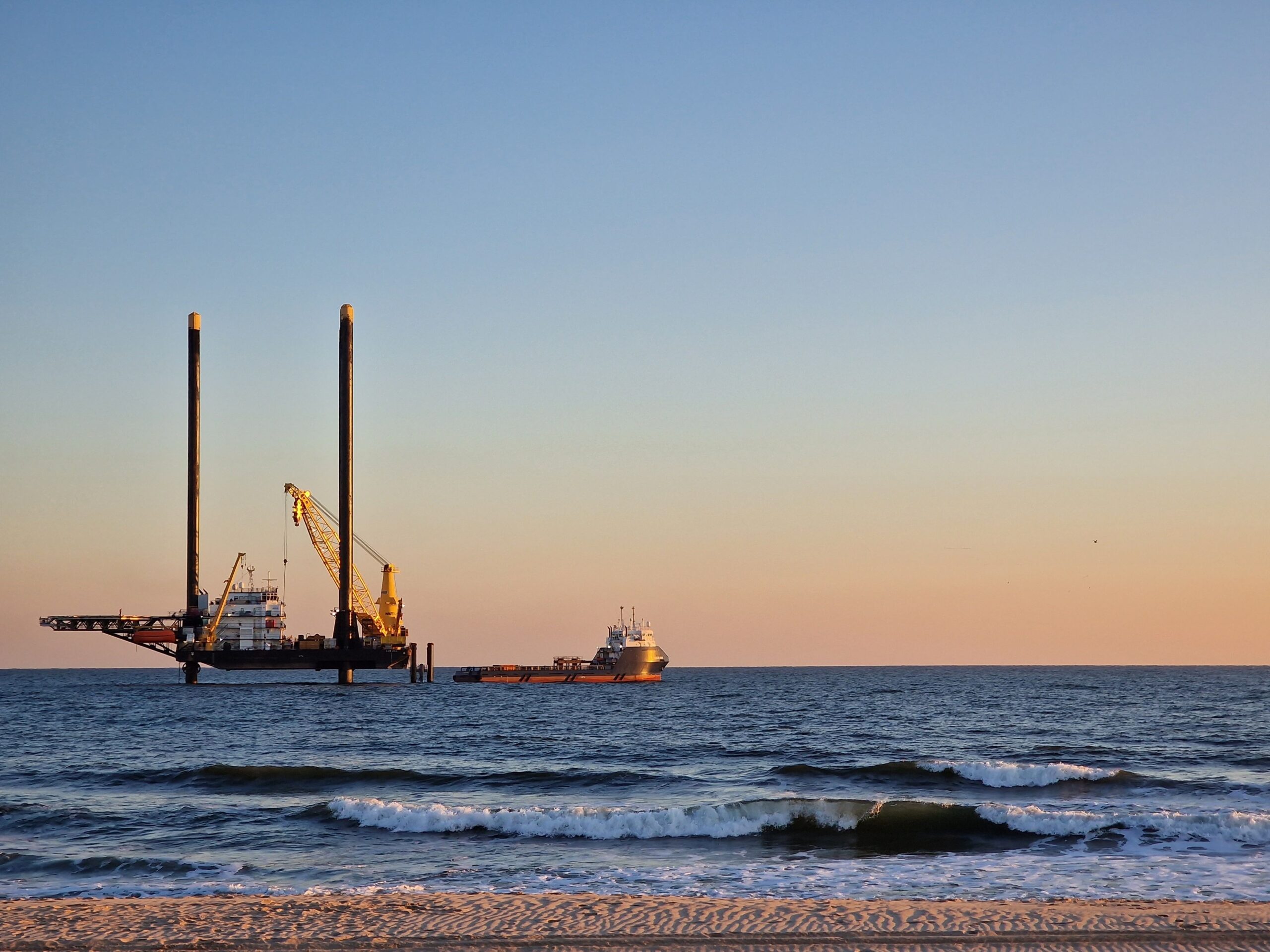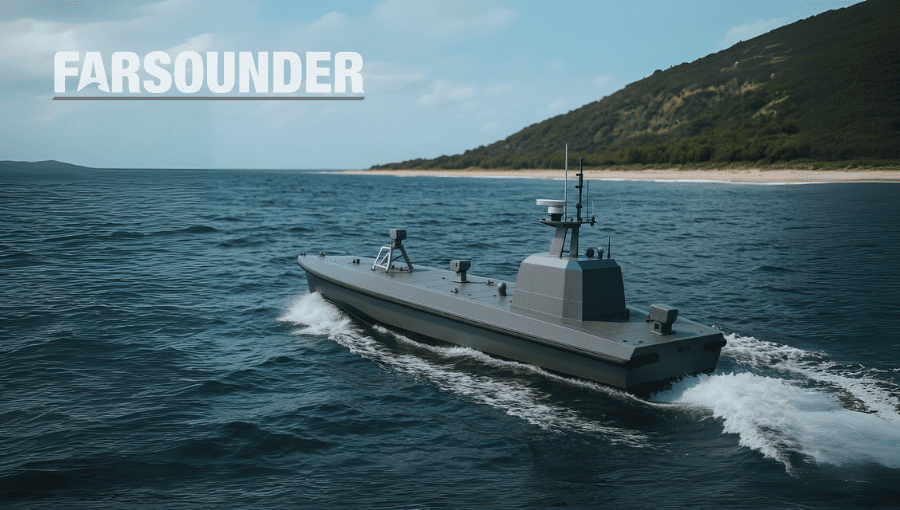As dawn broke over the Gulf of Mexico, a rig known as “Poseidon’s Marvel” was already bustling with activity. Standing tall amid the waves, the oil rig was more than just a testament to human engineering. It was a beacon of artificial intelligence and automation in the offshore oil and gas industry.
John, a seasoned veteran of the offshore industry, monitored the activities from the rig’s control room. Unlike previous decades where his job involved physically manhandling heavy machinery, his role had evolved into overseeing a veritable army of autonomous machines and robotic devices.
An autonomous drill, guided by AI programmed to make informed decisions about drill speed and pressure, worked seamlessly. On the platform, robots specifically designed for heavy lifting moved supplies with precision. Drones whizzed around, scanning the infrastructure and sending back real-time data to an AI system capable of detecting any anomalies or signs of wear and tear.
Miles away onshore, Susan sat in a state-of-the-art operations center, remotely monitoring the AI systems offshore and making strategic decisions based on the data they provided.
John, Susan, and Poseidon’s Marvel, though fictional, offer a glimpse into the future of offshore work.
For decades, the offshore industry has been the driving force behind countless economies, providing jobs and spurring technological innovations. The field is well known for its demanding working conditions, from the icy expanses of the Arctic to the hurricane-prone Gulf of Mexico. However, the rise of automation and AI could bring about a profound shift in how offshore work is done.
While these advancements present new opportunities for increased efficiency and safety, they also pose significant challenges for the workers who have been the backbone of this industry for so many years.
Automation is already making headway in offshore operations.
Drilling, for instance, can be mostly automated with the help of AI, decreasing human involvement in risky procedures. In 2021, the Nabors PACE®-R801 automated rig successfully drilled three test wells in the Permian Basin. By removing crews from “red zone” areas like the rig floor, automated drilling could significantly reduce the number of drilling accidents that cause severe injuries or claim workers’ lives.
Routine maintenance tasks, too, can be executed by autonomous robots capable of enduring harsh offshore conditions far better than humans. Automated inspection technologies, such as drones, are increasingly used to identify potential issues before they become major problems, contributing to the safety of offshore facilities. Drones can also be used for rig surveillance and security.
This trend toward automation is largely driven by its potential to improve safety and efficiency. A more automated offshore site can limit human exposure to high-risk scenarios. Tasks performed by machines can increase operational accuracy and leave less room for unforeseen problems.
On the other hand, automation and AI may pose certain challenges for the workforce. Job security is a prominent concern. As machines take over tasks traditionally performed by humans, job roles will inevitably shift. The demand for manual labor may decrease, while the need for tech-savvy professionals capable of managing and maintaining automated systems is expected to rise. Consequently, there’s the risk that workers without the necessary technical skills could be left behind.
However, full replacement of human crews in the offshore industry by automation and AI is unlikely, despite the significant advancements in these technologies. The offshore industry involves a wide array of tasks, some of which are complex and require human judgment, flexibility, and adaptability. While AI and automation have made impressive strides, they currently are most effective at repetitive, routine tasks, or those that involve the analysis of large data sets. In these areas, they can have significant benefits. Tasks that involve high levels of decision-making, problem-solving, and creativity—and those that require physical interaction in unpredictable environments—are exceedingly challenging to automate. We can expect humans to play an essential role in the management, maintenance, and oversight of these automated systems for the foreseeable future.
Automation and AI are tools that can assist and augment human work, rather than fully replace it. A more likely scenario in the coming years is the transformation of jobs in the offshore industry, rather than their elimination. According to Nabors, the crew size for the PACE®-R801 is similar to the company’s other rigs, just with a shift of duties that takes them out of the red zone and into other areas of drilling operations.
AI and automation may also create opportunities for more remote work options in the offshore industry, like Susan in our fictional example above. Remote operational centers could become common, where professionals supervise and control offshore site operations from onshore locations. This could lead to better work-life balance for offshore workers, reducing the amount of time spent away from home while maintaining critical roles in the industry.
In view of this evolving landscape, there is a pressing need for offshore workers to adapt and acquire new skills. Companies, in turn, should facilitate and invest in continuous learning and training opportunities for their employees. Initiatives for upskilling and reskilling are critical to ensuring that no worker is left behind.
This is an exciting yet challenging time for the offshore industry. It’s a time of change, innovation, and adaptation. Whatever it may bring, employers must ensure it is a future where safety is at the helm.
###
Arnold & Itkin is known nationwide for representing the interests of the injured and wronged. The firm is a leader in maritime law and has represented offshore workers in some of the most notable cases in history, including the Deepwater Horizon explosion and the loss of the El Faro. With over $15 billion won for clients across the United States, Arnold & Itkin’s trial lawyers have faced off against the world’s biggest corporations—and won record-breaking verdicts and settlements. The firm is committed to helping people after the worst accidents and injuries, helping them recover, rebuild, and provide for their families.
Sign up for our newsletter

 Join The Club
Join The Club











